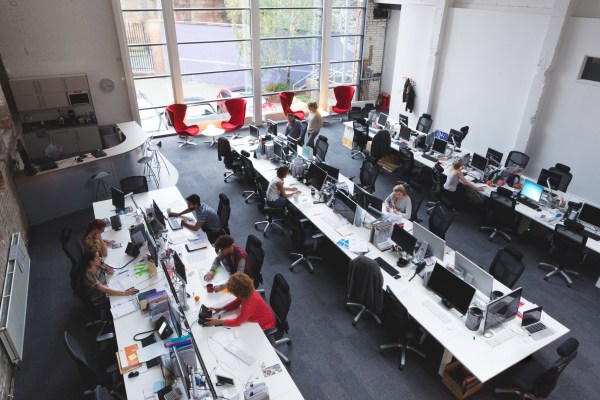How startups can make the open office work, for employers and employees - 2 minutes read
 How startups can make the open office work, for employers and employees – TechCrunch
How startups can make the open office work, for employers and employees – TechCrunchThe open office plan was intended to help collaboration and productivity across employees and teams while better utilizing less square feet per person. But the results haven’t always proven to be very successful, based on years of analysis.
Yet it is still the norm for tech companies of all sizes, and will likely stay that way.
Based on my years of experience working with hundreds of companies, I’ll lay out a basic framework below to help you think through how to adapt an open-office situation to best meet your needs.
I’ll also walk you through the example of a growing venture-backed startup that’s staffing up in one of the tougher office markets in the world: Manhattan.
But first, take a look at the data. Studies have shown that open floor plans can inhibit productivity and health. Open office workers take 62% more sick days than those in private offices, and a mere three hours of steady noise can cause measurable distress and a decrease in motivation. Face-to-face communication has been observed to actuallydecrease in open plan environments, with a measurable negative impact on productivity.
Considering that 70% of Americans today work in an open office, the issue of constant noise and distraction is ubiquitous across the country. The result is a bad rap—one doesn’t need to look very far to find one of the many articles online criticizing the design.
Source: TechCrunch
Powered by NewsAPI.org
Keywords:
Startup company • OpenOffice.org • White-collar worker • Employment • Employment • TechCrunch • OpenOffice.org • Collaborative software • Productivity • Employment • Norm (social) • Manhattan • Productivity • Health insurance • White-collar worker • Disease • Private sector • Working time • Noise • Motivation • Productivity •